As always I offer an Alternative Perspective AND a (TOUGH) Dose of Reality…
The past few months have seen a growing number of YouTube videos talking about frame flex. These videos are posted by owners of certain fifth (5th) wheel trailers. As a group are distraught (read: mad as hell!) over a VERY significant camper issue – frameflex. Frame flex is more accurately described as frame failure.
I need to state at the outset of this post, for those experiencing this, my heart goes out to you. This is a devastating situation apparently without an easy resolution.
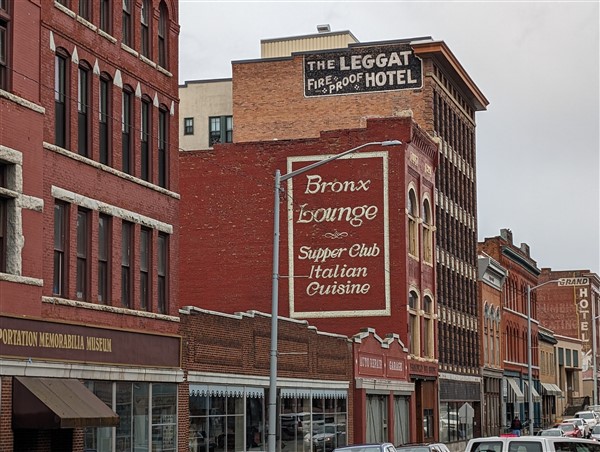
Trailer flex – a little background and perspective…
I should note that RV’s are built on frames that are designed to flex as you travel down the road. If they didn’t, RV’s would not be viable. In other words, a certain amount of flex, especially in trailers (travel trailers and 5th wheels) is normal and expected. Excessive flex however is NOT normal. Upon discovery, it is devastating news to the RV owner.
Frame Failure – the core of the issue…
The problem being described by the 5th wheel owners in their videos likely results from broken welds. These occur either in the trailers frame and/or the aluminum structure built on top of (above) the frame. The aluminum structure is built by the RV manufacturer. The frame is built by a 3rd party manufacturer who provides frames to most RV manufacturers throughout the RV industry.
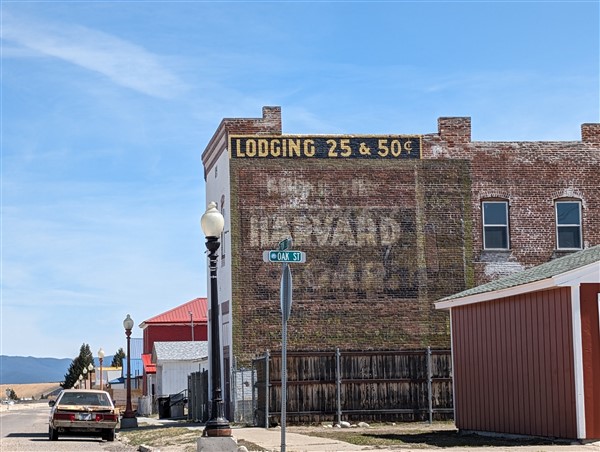

Failure of the aluminum cage may be at the heart of the issue. Thus it’s possible that “frame failure” is not related to the frame at all. It’s even possible that failure of one is causing failure of the other. The only way to know for certain is to remove the campers “skin.” A qualified inspector can then see what failed and where and how extensive the failure is.
Signs of trouble (as reported by the RV owners) include (but are certainly not limited to) cabinet failures (particularly in the bedroom), gaps opening between the vertical and horizontal seams such as between the ceiling and walls (again often in the bedroom), and “shifting of things” as the trailer travels down the road. There are (as I noted earlier) a number of trailer owners who have posted videos (you know where!) that highlight the problem and show clear signs of trouble both inside and outside their campers.

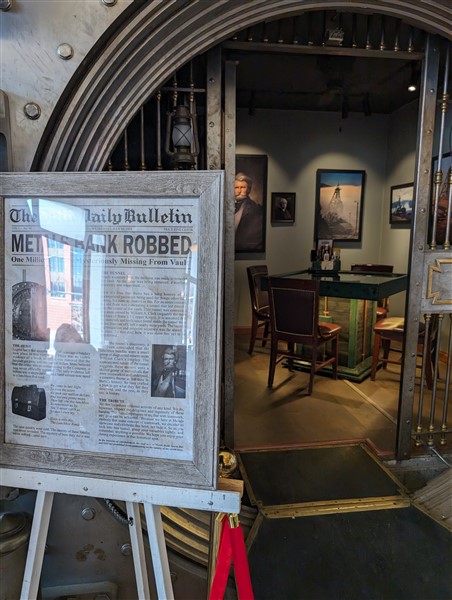
Before we draw any conclusions of WHY this issue is occuring, IMPORTANT questions need to be asked…
As I listened to the various trailer owners talk about frame failure in their 5th wheel trailers, I found myself asking some fundamental questions. These include:
- How widespread is the issue? In other words, how many trailers are impacted? What percentage of the trailers being released are experiencing frame failure? And… since when?
- Which trailer(s) are affected? Specific models? RV Manufacturers?
- What is the ultimate cause of the frame failure?
- Could the “end user” (the camper owner) be culpable in some way? And if so, to what extent.
- What solutions exist for those affected?
Frame Failure – some answers and some unknowns
Who seems to be affected? Owners of larger 5th wheel trailers. Generally, as I understand it, 5th wheel trailers (including toy haulers) that exceed 40 ft. overall length. From what I’ve been able to gather, these trailers primarily were built recently (since 2020?)
One particular RV manufacturer is named and blamed in most of the latest videos. However, there have definitely been reports from owners of other RV manufacturers reporting this same issue. Many of the rv owners have issues with how the RV manufacturer is responding to their frame flex issues.
Most RV manufacturers do not make their own frame. They turn to a 3rd party manufacturer who supplies much of the industry with frames. It is important to note that since we don’t know how widespread the issue is and the ultimate cause of the failures, it would be wrong to jump to the conclusion that the RV frame manufacturer necessarily is at fault or has a major issue on their hands.
Further, I have it on very good account, the trailer frame manufacturer works closely with each rv manufacturer to ensure that the frame they build for each model is meant to support the RV being built on top of it.
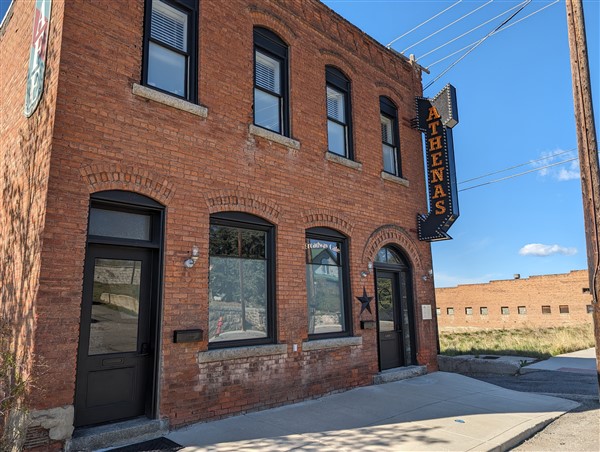
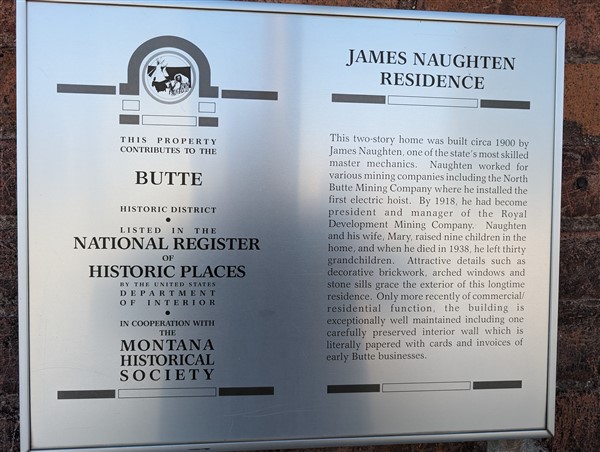
There can certainly be no doubt that the owners of the impacted 5th wheel trailers are making themselves heard. Further, there is no doubt that these RV owners are facing a major issue. In a “worst case scenario” (and I’m NOT an engineer), it seems if a catastrophic failure were to occur, the trailer could disconnect from the tow vehicle while traveling. This could certainly be a BIG deal, however…
The statistician in me however has to ask how widespread is this problem?

Frame Failure – Is this a “nothing burger” (for most RV 5th wheel owners) or should many (most?) 5th wheel owners be “on alert”? AND… what’s causing it?
Allow me to “set the stage” here… Decades ago when I was in college, I took a media course on tactics used by TV newscasters. The course was designed around a book called “News from Nowhere.” I believe the book was published in the 1970’s or perhaps earlier.
The core takeaway (for me) in the course was (is) the fact that newscasters and cameramen are able to take a sparsely attended (small) protest and video it in such a way as to make it look like a major protest involving a much larger crowd than actually attended. In other words, carefully edited video footage of an event can make an event look like whatever the editor wants it to look like.
This was the beginning of my early 20’s self realizing that things are not often as they appear. As a “seasoned citizen” have you ever had a similar epiphany?
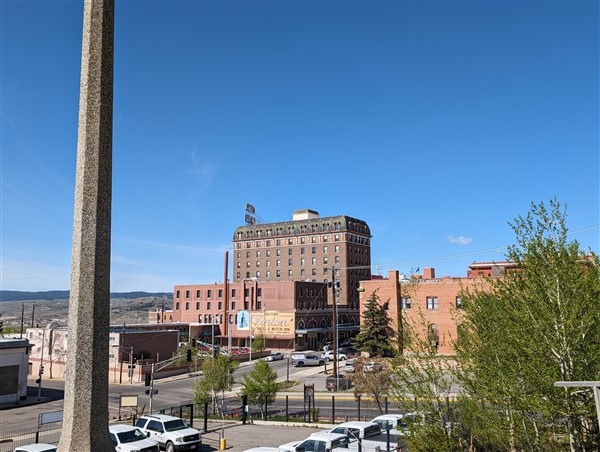
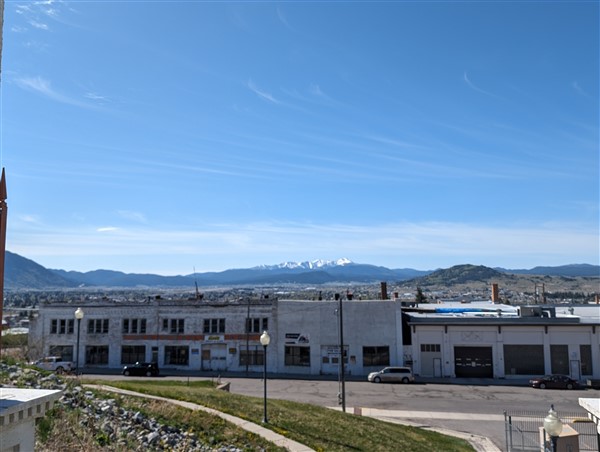
RV Frame Failure – do we have an accurate perspective?
After watching the videos posted by the affected RV owners, many of which are quite compelling and very emotional, one may come away with the impression that a significant percentage of the large 5th wheels built in the past few years are suffering from or will soon suffer from frame failure.
Without appearing to provide “cover” to either the RV manufacturers OR the frame manufacturer, I MUST state that we simply do not have sufficient data to know how many trailers are affected and whether its a large percentage or not of those produced. We know that ALL vehicles experience a certain failure rate. What is an acceptable rate for an issue of this nature? That’s not for me to say.
Industry insiders have posited that frame failure may result from how the camper is used, thus pushing the issue back to the end user. For example, how much weight is added by the end user (and how it is distributed), and even the roads the trailer has traveled over. These factors are all “in play” in addition to potentially shoddy workmanship or materials attributed to either the RV manufacturers or the frame manufacturer.
Important Note: I’m trying to remain unbiased here and to neither accuse the end user of improper use of their camper ‘nor attack the RV manufacturers or the frame manufacturer without more data and further investigation.
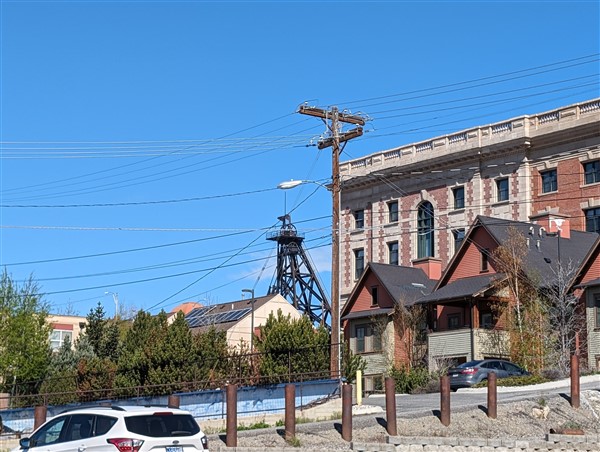
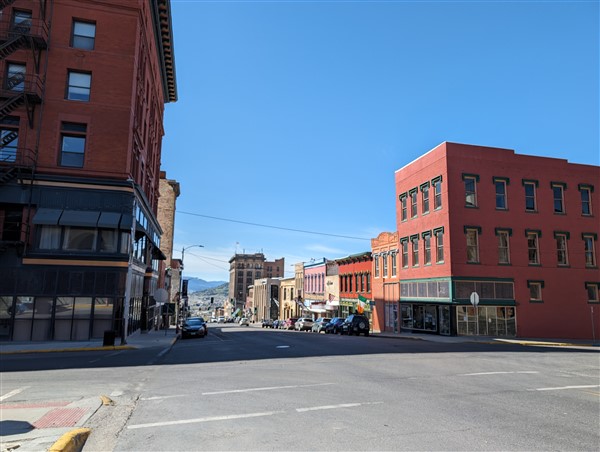
I did my own “digging” to gain some sense of how widespread the frame failures are…
I called upon a few friends in the RV industry whom I trust implicitly. One was a service writer (until 2019.) He was responsible for addressing the needs and repairs for literally thousands of RV owners (of all types) over a period of nearly a decade.
In that time, he encountered literally only a handful of frame failures. Of the few he delt with over the years, there was one rv manufacturer (now defunct and NOT the one who the videos on YouTube talk about) who needed to amend the design of their campers to address a design flaw. The other frame failures resulted clearly from the end user employing the use of gooseneck hitches to pull their 40ft. plus campers.
Thoughts from a mobile RV tech whom I respect
Another friend has been an independent mobile RV tech for more than two decades. He has literally thousands of satisfied customers who have sought his services. His findings were similar.
Frame failure in his view is truly rare. Further, he is friendly with an RV dealer who is local to him. This dealer sells the very trailers that the YouTubers are making most of the videos about. When he enquired about whether they’ve seen ANY of these trailers back for frame issues, they stated that none of their current owners have reported frame failure in their 5th wheels to them. Of course it’s possible some owners of these large 5ers are simply not yet aware of the frame failure. Alternately, they are not using their camper enough to have it happen to them (yet.)
Take a breath from this heavy topic and consider for a moment the significant growth in gold and silver this year. Personally I believe the increase will continue. One of the ways I’ve increased my precious metal holdings is with Goldbacks. I personally met the CEO of the company that produces Goldbacks and I realized immediately it makes gold “functional” as a means of exchange. One Goldback “bill” contains 1/1000th of an ounce of gold. You can buy it for under $5. (at this time) – and THOUSANDS of merchants across the nation accept it. Learn more HERE.
I do feel for the RV owners who are impacted (and a solution for the affected)…
In my research, I discovered there is a repair shop called Affinity RV, located in Indiana who has experience repairing frame failure – regardless of whether it is truly the frame that failed or the aluminum cage above – or BOTH. For those affected, it may be a better route than having the RV manufacturer attempt a repair. I state this as some of the owners reported after a visit to the RV manufacturer, the problem appeared to be fixed, but only a short time later, more cracks appeared farther towards the rear of the trailer.
This YouTube video also offers some good insights and perspectives for those affected or who are concerned. As I listened to his comments, I found myself in agreement with much of what he stated.
I must add again, my heart goes out to anyone who finds themselves in this situation as even towing your camper may prove to be unsafe. BUT, I want to offer this…
A (TOUGH) Alternative Perspective (and a BIG dose of reality)
As I listened to several of the rv owners discuss their frame failure story, they offered sentiment along these lines: “We purchased this RV to see the USA now that we have the time freedom and while we still have the health to travel.”
This sentiment hits home to me and is something I discuss with my Concierge RV Clients at the beginning of the camper search. Allow me to approach this topic in the following manner…
A provocative thought – I HAVE to ask this –
If you plan to “see the USA” with your camper, how much of our nation can you really get to in your “supersized” (over 40ft) RV?
My basic premise is this: These “supersized” campers are NOT ideal for most RV’ers.
Posit this: Why not avoid the entire frame failure issue that may come along with owning a large 5th wheel by purchasing something of a more moderate size?
After 12+ years “on the road”, I have come to a simple conclusion: Your choice of campsites is greatly limited with a “supersized” camper. With one of these supersized beasts, your world may be limited to KOA, Good Sam and other private campgrounds or open fields just off a highway without any real switchbacks.
Of course, when you own a trailer you can still unhook and take your truck virtually anywhere. However, if you want to camp a dozen miles off the paved road, through a series of switchbacks, next to a scenic lake or in an old growth forest, you’re likely NOT going to achieve this with a supersized camper!
I wrote a post sharing my thoughts about ideal camper length here. I must note, if your goal is to put your camper on a concrete pad in a full hookup campground in someplace like Florida, Texas or Arizona. AND… if you don’t plan to travel often with your camper, then go for an oversized beast IF that’s what you really want and will enjoy.
But for the rest of us…
Let’s talk about HOW you plan to use your camper


This is a conversation I have with virtually ALL my Concierge RV Clients. We talk about the difference between “KOA camping” vs. getting off-grid, alongside a lake or stream, miles off the beaten path. It’s a conversation I wish more buyers had before heading to an RV dealer who is only too happy to “move” one of their oversized beasts!
Clearly, a smaller camper gets you into many more campsites and areas. Campsites that may be in the National Forest, in a CCC/WPA campground (these are campgrounds built under FDR’s program during the Great Depression), campsites next to a lake, in a state park or National Park and more may all require a smaller camper to access the site and fit in the site.
RV Campers… the “ideal” size
How small? Under 30 ft. (bumper to hitch overall length) is ideal. That said, full time travelers (like myself) may need more living space. I’ve found a length of about 35-36 feet offers a good compromise between the desire for the living space of a “supersized” camper and the versatility of a smaller camper.
RV dealers clearly benefit from placing large 5th wheel campers on their sales lots, allowing potential buyers to oogle over the “luxury travel” they supposedly offer. RV salesmen rarely engage in conversation with their (often naive) customers about where these camper’s will NOT go. Many buyers fail to imagine how much space they’re buying, They NEVER ask THE question which is “Where can I take it?”
If a camper length discussion took place, I bet that most of those large camper sales would change to more moderate length campers.
My own 5th wheel camper, now approaching 7 years in full-time service, is a Glacier Peak, made by Outdoors RV. It measures 34’11” from bumper to hitch. If nothing else (and there’s MUCH more to share. If you review my post made now years ago about my camper.) I truly appreciate the fact that Outdoors RV (Northwood) builds BOTH the chassis (frame) and the entire camper (including the aluminum cage) above it in house. While I’m on the subject, Arctic Fox is also a Northwood company. Everything I state for my Glacier Peak is also true for the Arctic Fox.
Northwood is one of only three RV manufacturers that I’m aware of who build their own frames. The others are Oliver and NuCamp. If you know of another, please share in the comments section below.
Is there any argument for purchasing a large 5th wheel camper?
YES. As I noted earlier, if you limit your travel and tend to stay in giant “full hookup” RV parks and travel Interstate and U.S. highways, a large camper may be the ideal solution for you.
Concluding Thoughts
Some RV owners have clearly been let down by their RV manufacturer. Their RV manufacturer HAS to be the primary “point of contact” when there’s a catastrophic failure like frame failure. The RV dealer is certainly not equipped to deal with issues of this magnitude. Even if the ultimate cause is how the camper was treated by the owner, the RV manufacturer is in a unique position to help the RV owner by assessing this.
While a number of RV owners have been impacted, we do not know what percentage of buyers this represents. We also do not know where the true fault lies. Finally, while some owners report that Affinity RV has been able to repair their camper, we don’t know if its a permanent fix or whether the frame / aluminum cage has been damaged beyond complete repair.
RV frame failure – what we know…
What I DO know is this:
- Buying a moderate length camper has more advantages than disadvantages for many (most) RV buyers AND “frame flex” does not appear to be an issue with these smaller campers.
- The problems we are seeing with frame failure in “supersized” 5th wheel campers may be just the tip of the iceberg – in other words, I doubt it’s over.
- Frame failure experienced by at least some rv owners is not being handled well by the RV manufacturer of their camper – based upon the camper owners reviews.
- Many (most?) buyers would benefit from working with someone who has their back, will help them select the ideal camper for their wants and needs, and will work to get them the best possible price. This is the true nature of my Concierge RV Buying Service.
Anyway, this post was a bear to write, but THANKS for reading! Please DO leave thoughts and insights in the comments section below. If you see value in my content, please do visit other posts at RVAcrossAmerica.net. Further if you wish to be notified of upcoming posts, please subscribe to my newsletter below.
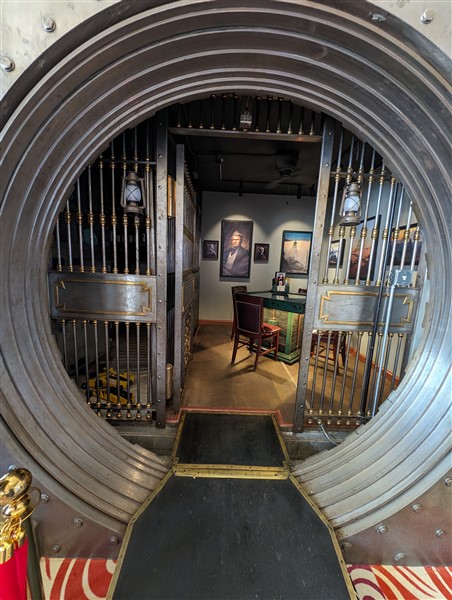
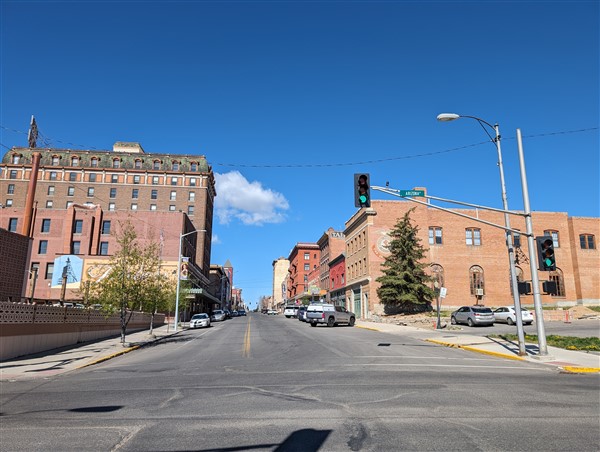

I have owned 3 toyhaulers.
A road warrior, a forest river XLR and a grand design 381.
All have had frame failure.
I drove them approximately 10,000 miles per year. They all failed within 40,000 miles!
Nobody builds a camper that can actually be used!
Tom,
Thanks for sharing. All 3 share the SAME frame manufacturer – ‘nuf said? And as I noted in my post, its the LONGER trailers (a 381 is 43ft long.) Feel free to contact me and we can discuss alternatives to the “stuff” you have previously owned.
Alan Sills
307 269 2546 (mountain time)
HI Al.
We have a 2020 Vanleigh Beacon 40FLB and suffered the exact problem covered in the article our tell tale signs were nose separating and flexed vertically about 1/8″. Schwintek motors “clunking” (for those not familiar with the model there are 2 slide outs upstairs) and screws backing themselves out . It was fully covered by the 3 year frame warranty with additional support from Vanleigh who replaced all the Schwinteks as well. The repairs were completed in Mississippi but we had to go back a second time as the repairs did not hold the first time as they failed to remove the nose and identify the full extent of the damage , we have since done 12,000 more miles it occurred over a year ago and all is good
Glad to hear that Vanleigh stood behind it. They were a good company when Bob Tiffin owned it. It is now owned by Thor – ‘nuf said? Your issue is consistent with my belief that the frame flex is not just affecting Grand Design.
I spoke too early……Frame has gone again. Tiffin has immediately agreed to repair free of charge as a goodwill gesture using the new “gusset” approach
thanks for sharing, good luck with that. al
Thanks for bringing this issue to our attention.Good to know that our Keystone Outback done by Artic Fox is in the low risk range,even though we use a gooseneck to 5th wheel adapter.
Kent,
I’m confused. Keystone is a manufacturer who makes the Outback Series. Arctic Fox is a completely separate company and is manufactured by Northwood. It appears you have a 5th wheel, so that much I know. With that said, do you have the year/make/model of what you own? Al
Alan,
Sorry, I was confused. The heating and insulation was done by Artic Barrier, not ArticFox.
Kent
No worries. Good luck with your Outback. During certain years they actually built a fairly good product.
Pretty certain New Horizons from Junction City, Ks build their own frames. Almost purchased one. Took a great factory tour. Sure enjoy your communication service to all of us. LK
Good Point Larry, I’d be surprised if they used a 3rd party for frames. It would definitely knock them down a notch in my view if they do!
We bought a new Keystone 366RDS. After 2 trips back & forth to Alaska (about 14,000 miles, all of the outriggers had faile d, allowing the walls to droop, causing cracks at the corners of the walls by the slide-out openings. Also had trouble with the slide outs sticking. I took it to a trailer shop and reínforced the frame but the damage was done. Sold it to a guy who was going to use it for a lake house and bought a Vilano 320 GK. Still a lippert frame but seemingly better constructed.
Bryan,
Thanks for sharing. The Keystone Cougar you owned was knocking on the door of 40 ft long (39.33 ft.) Further, Keystone is a trainwreck and cougar is nowhere near their “best effort” to build a camper. Glad you’re in a Vilano (hopefully a 2019 or 2020.) During those years, Vanleigh built a GREAT camper. For my Concierge RV Clients who can’t deal with the “traditional” interior offered by Arctic Fox (though for ’24 they’ve listened!) the Vanleigh (in those years only) was my “go to.”
As to the fellow who bought the cougar to drop it at a lake, thats as good a move as anything. Having that cougar NOT move is the best choice of how to use it!
Al